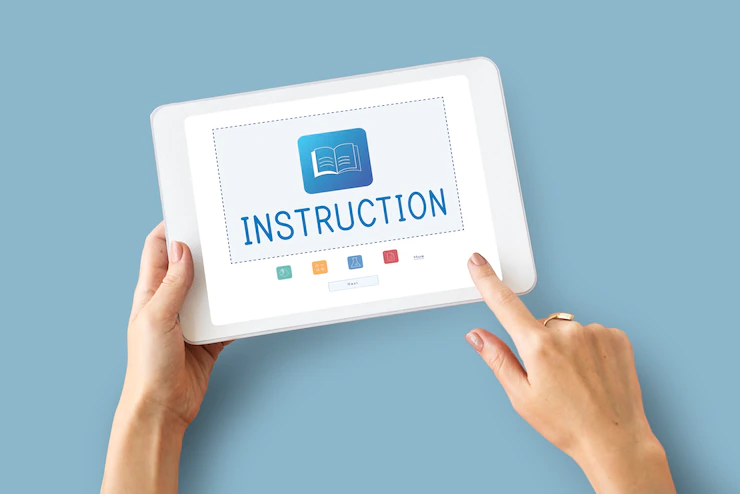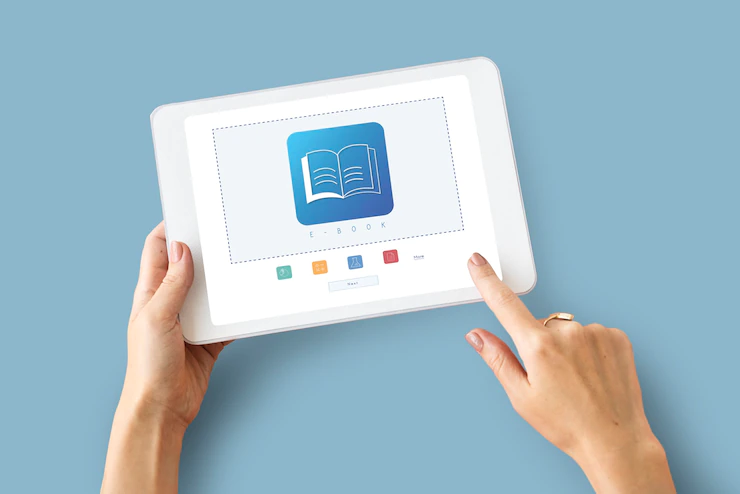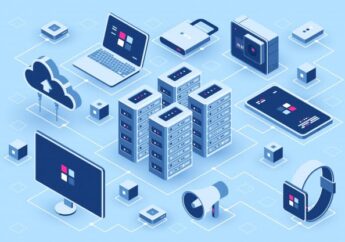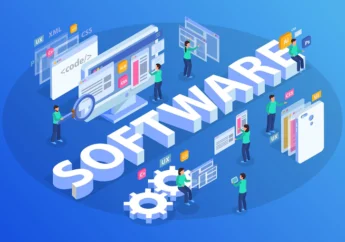How To Build A Personalized E-Learning Platform
by Sumona Technology 30 July 2022

It can be hard to know where to start when you want to learn something new.
You might not know what resources are available, or how to find a reputable source of information.
But with an online learning platform, you can get tailored education that fits your specific needs and interests.
1. What is an online learning platform and what are its benefits for students and educators alike

An online learning platform is a website or software application that allows users to access educational content remotely. This can include anything from online courses to interactive tutorials. Online learning platforms offer a variety of benefits for both students and educators.
For students, online learning platforms can provide a more flexible and affordable way to learn. They also offer the opportunity to learn at your own pace and in your own time. And with a growing number of online courses and programs available, there’s sure to be an online learning platform that’s right for you.
For educators, online learning platforms can be a great way to reach more students and provide them with quality education. They can also help you save time and money by eliminating the need for classroom space and resources. Plus, with online learning platforms, you can easily track student progress and offer feedback.
2. How can you go about building your own online learning platform
There are a number of factors to consider when developing a personalized e-learning platform (PELP). First, it is important to determine the purpose of the platform. Will it be used for online courses, group collaboration, or both?
Once the purpose of the platform is clear, it will be easier to select the appropriate features and functionality. For instance, if the platform will be used for online courses, it will need to include a course management system with features such as quizzes and assignments.
However, if the platform will be used for collaboration, it will need features such as discussion boards and file sharing. In addition, it is important to consider the target audience when selecting features and functionality.
For example, if the platform will be used by students, it will need to be user-friendly and intuitive.
However, if the platform will be used by corporate trainees, it will need to include more sophisticated features such as gamification and badges. Once the purpose and target audience is clear, it will be easier to select the appropriate features and functionality for the online learning platform.
- So just to reiterate. The first step is to assess your learning goals and objectives. What do you hope to accomplish by using a PELP?
- Once you have a clear idea of your goals, you can begin to identify the features that will best help you achieve them. Will you need access to online resources? Do you need to be able to track your progress? Do you need customized feedback? The answers to these questions will help you determine the scope of your project.
- Next, you will need to choose the right tools and technologies. There are many different platforms and software packages available, so it is important to select the ones that best fit your needs.
- Finally, you will need to test and refine your platform. Iterative testing and tweaking will help you ensure that your PELP is effective and user-friendly.
3. What are some of the features that a good online learning platform should have

When it comes to online learning platform development, there are a few key features that are essential. First, the platform should be personalized to the individual learner.
This means that the platform should be able to track the learner’s progress and adapt the content to their specific needs. Second, the platform should be accessible from any device.
This ensures that learners can access the content whenever and wherever they need to. Third, the platform should be easy to use. This ensures that learners can focus on the content, rather than struggling with the technology.
These are just a few of the features that a good online learning platform should have. If a platform has these features, it will be well on its way to success.
4. How much does it cost to develop an online learning platform
The cost of developing an online learning platform can vary depending on the features and functionality required.
However, a basic platform can be developed for around $8k. More sophisticated platforms with features such as gamification and social learning can cost up to $30-40k. The cost of developing a personalized e-learning platform will depend on the individual needs of the learner.
However, these numbers often don’t include solutions for customer relationship system management, quality analytics solutions, and other bells and whistles that help to personalize and improve the learner experience even further.
In order to get those features, you will have to at least double the budget, but you are looking at a minimum of $25k. This will ensure that the platform is tailored to the specific needs of the learner and provides an engaging and effective learning experience.
5. How long does it take to develop an online learning platform

As we’ve established that creating a personalized e-learning platform can be a great way to customize the learning experience and improve educational outcomes, now we need to consider how long takes.
With careful planning and execution, you will be able to create a platform that meets the specific needs of your learners. However, it is extremely difficult to number the number of hours required. It all depends on the complexity of the experience you are going for.
However, there is a range you can rely on: for every hour of the learning material produced, you are looking at spending from 50 to 700 hours.
Some of the things that are considered are the number of learning courses, the material creation, the testing, revising, and communication with stakeholders, the complexity of the material, and the need for several experts on the course, etc.
While developing a PELP can be time-consuming, the end result is worth the effort. A well-designed PELP can provide a customized and engaging learning experience that leads to better educational outcomes.
Conclusion
Building a personalized e-learning platform (PELP) can be a great way to improve the learning experience and educational outcomes. In order to build a PELP, you will need to consider the features that are essential for the platform, the cost of online learning platform development, and the time required to build the platform. With careful planning and execution, you can create a PELP that meets the specific needs of your learners and provides an engaging learning experience.
Additionals:







































































































